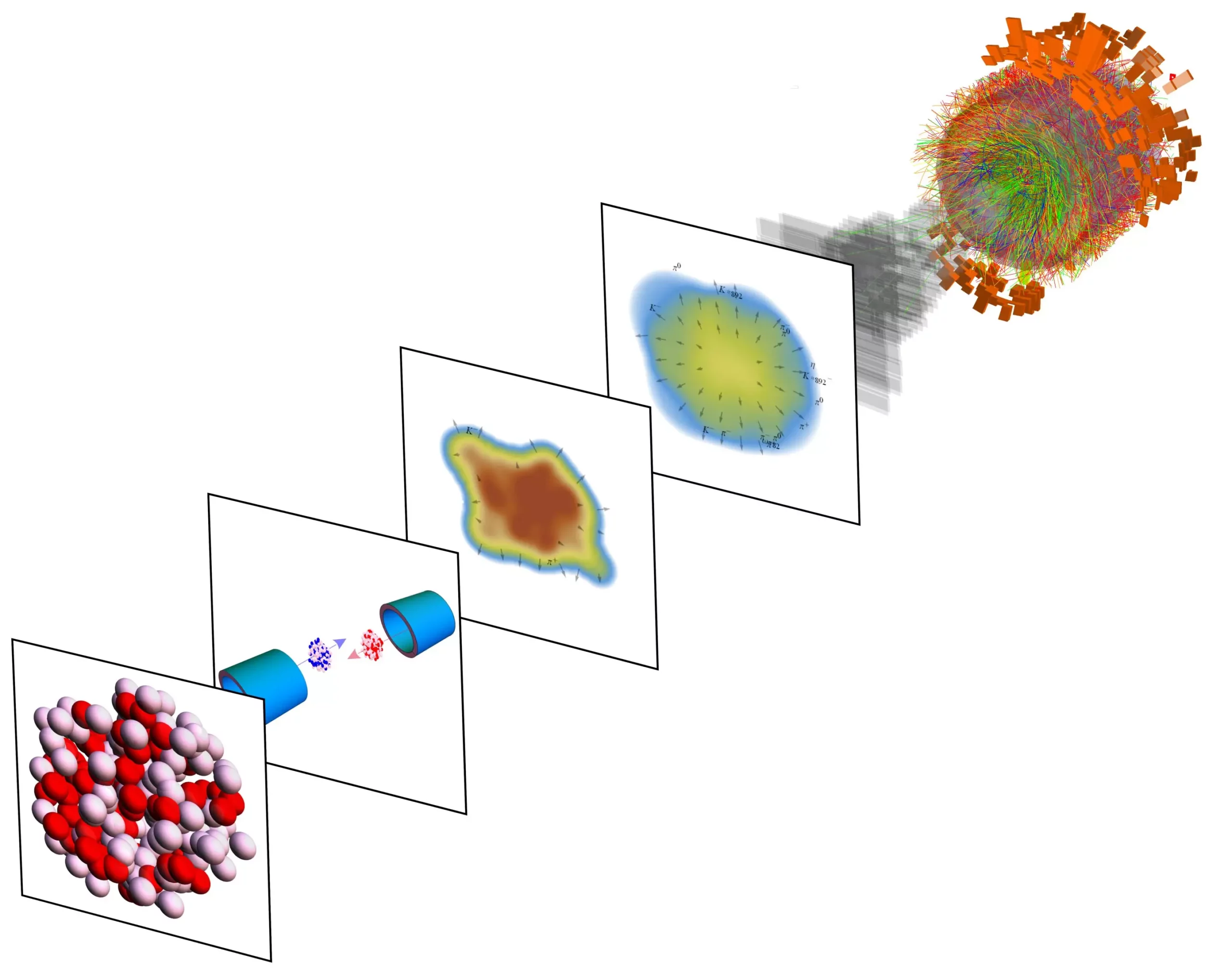The nucleus of Lead-208 has long fascinated scientists due to its unique properties. One of the most intriguing aspects is its neutron “skin,” a diffuse shell of predominantly neutrons surrounding the center of the nucleus. This peculiarity opens doors to unraveling the behavior of quarks and gluons in quantum chromodynamics (QCD) and gaining insights into the structure of neutron stars. Recently, theoretical physicists at CERN utilized data from heavy-ion runs of the Large Hadron Collider (LHC) to determine the thickness of the neutron skin in Lead-208, uncovering valuable information about the fundamental building blocks of matter.
To comprehend the behavior of the neutron skin, scientists must delve into the intricate world of QCD and its implications. Quantum chromodynamics relates to the study of how quarks and gluons, the exchange particles of the strong force, behave within the nucleus. Investigating the neutron skin assists in deepening our understanding of this complex interaction. Additionally, the findings extend to astrophysics, shedding light on the structure of neutron stars – the incredibly dense remnants of supernova explosions from stars between 10 and 25 times the mass of our sun.
The theoretical physicists at CERN harnessed the power of the Large Hadron Collider and its heavy-ion runs to uncover the thickness of the neutron skin in Lead-208. By colliding beams of lead-208 nuclei at high energies, under extreme pressure, and temperature conditions, scientists entered a realm similar to the composition of the universe just after the Big Bang. These collisions generated a state known as quark-gluon plasma, believed to underpin the core of neutron stars. As the LHC environment cooled, this plasma transitioned into observable particles, which enabled researchers to track the properties of the quark-gluon plasma.
Measuring the Elusive Neutron Skin
Detecting the thickness of the neutron skin proved to be an exceedingly challenging task. While protons can be examined using electron scattering, neutrons lack charge and thus exhibit different behavior. Neutrons, however, are profoundly influenced by the strong nuclear force responsible for binding quarks and gluons within atomic nuclei. Leveraging the data from 670 points obtained in Runs 1 and 2 of the LHC, primarily from the ALICE experiment but also from ATLAS and CMS, the scientists unearthed the parameters necessary to calculate the thickness of the neutron skin in Lead-208. Remarkably, these new findings align with previous measurements attained through alternative methodologies.
This groundbreaking determination of the neutron skin thickness in Lead-208 holds immense significance for the scientific community. Not only does it offer critical insights into the behavior of quarks and gluons, but it also highlights the interconnectedness of research in disparate areas. The Lead Radius Experiment (PREX) collaboration at the Thomas Jefferson National Accelerator Facility previously obtained comparable results using techniques involving the electroweak force. However, the CERN study marries seemingly distinct realms, uniting research from strong force measurements and yielding competitive uncertainties. Future dedicated measurements can further improve the precision of data extraction from the LHC.
The investigation into the neutron skin of Lead-208 reveals the scientific community’s unwavering commitment to unraveling the mysteries of fundamental particles. By utilizing data from the Large Hadron Collider’s heavy-ion runs, theoretical physicists at CERN made a groundbreaking determination of the neutron skin thickness. This accomplishment expands our understanding of quantum chromodynamics, enables deeper insights into neutron star structure, and showcases the potential for interdisciplinary collaboration in pushing the frontiers of scientific knowledge. As researchers continue to explore the cosmos and the infinitely small, the secrets of the universe gradually unveil themselves, painting a more comprehensive picture of the world we inhabit.


Leave a Reply